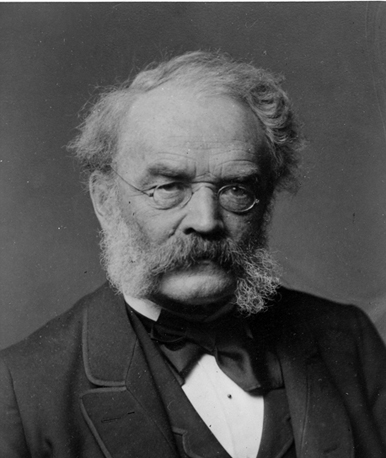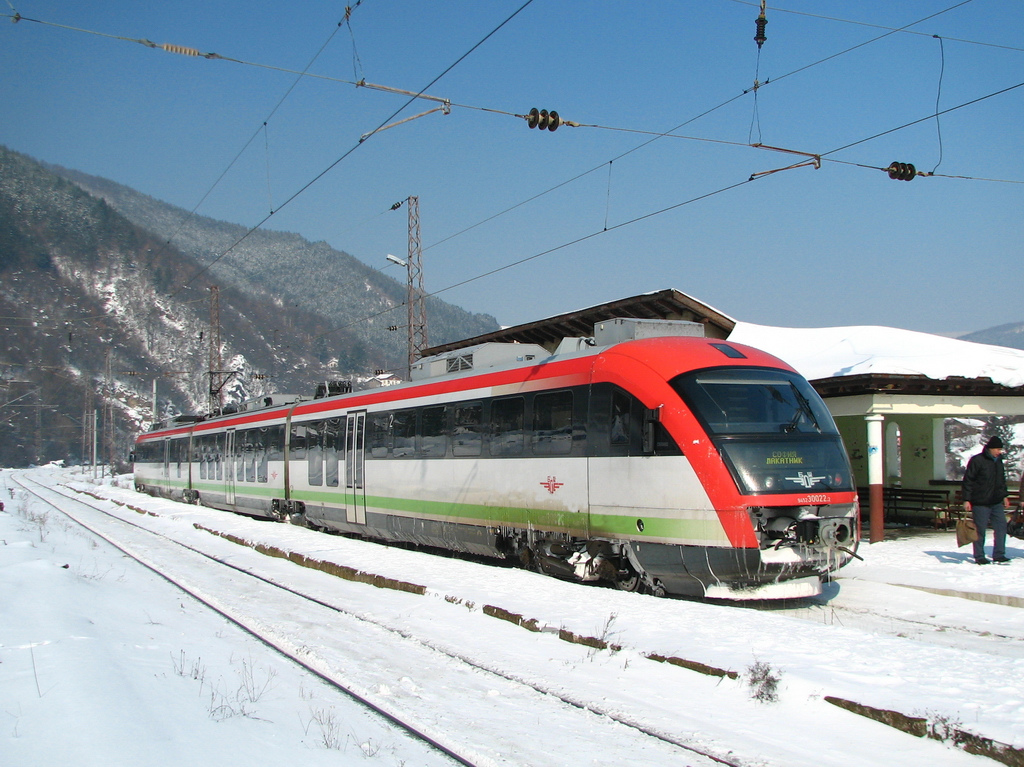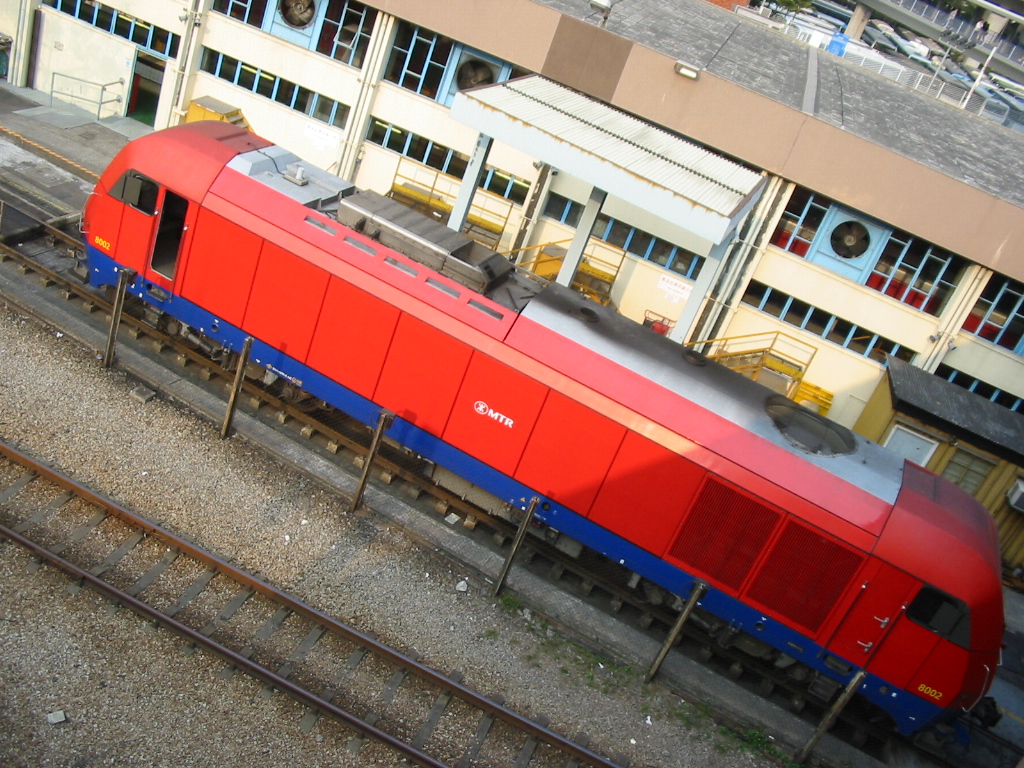|
List Of Siemens Products
Products produced by Siemens Manufacturing IT *Teamcenter from UGS acquisition *Siemens PLM NX 3D CAD/CAM/CAE *Siemens PLM Solid Edge 3D CAD *Siemens PLM Teamcenter cPDM *Siemens PLM Tecnomatix Digital Manufacturing *OpCenter *SIMATIC IT *CAMSTAR *Opcenter APS (formerly known as Preactor) *IBS *SIMATIC PCS 7 Process Automation System for Process and Hybrid industries *Industrial programmable controls (including Simatic PLC, and Logo! microcontrollers) *COMOS *Spectrum PowerCC * Simcenter STAR-CCM+ Industrial *BRAUMAT Process Control System *Industrial Instrumentation (Sensors and communication) *SIRIUS Controls *SINAMICS & Perfect Harmony drives *SinaSave Energy efficiency and amortization calculation *Electric motors *SIMATIC Controller *SIMATIC Human Machine Interface (HMI) *SIMATIC PCS 7 Distributed Control System (DCS) *SINUMERIK Computerized Numerical Control (CNC) *SIMATIC Automation Designer *SIMATIC WinCC PCs *1990-1999: Siemens Nixdorf *1999-2009: Fujitsu Siemens Com ... [...More Info...] [...Related Items...] OR: [Wikipedia] [Google] [Baidu] |
Siemens
Siemens AG ( ) is a German multinational conglomerate corporation and the largest industrial manufacturing company in Europe headquartered in Munich with branch offices abroad. The principal divisions of the corporation are ''Industry'', ''Energy'', ''Healthcare'' (Siemens Healthineers), and ''Infrastructure & Cities'', which represent the main activities of the corporation. The corporation is a prominent maker of medical diagnostics equipment and its medical health-care division, which generates about 12 percent of the corporation's total sales, is its second-most profitable unit, after the industrial automation division. In this area, it is regarded as a pioneer and the company with the highest revenue in the world. The corporation is a component of the Euro Stoxx 50 stock market index. Siemens and its subsidiaries employ approximately 303,000 people worldwide and reported global revenue of around €62 billion in 2021 according to its earnings release. History 1847 to 1 ... [...More Info...] [...Related Items...] OR: [Wikipedia] [Google] [Baidu] |
Siemens SD-160
The SD-100 and SD-160 are light rail vehicles (LRV) that were manufactured by Siemens Mobility between 1992 and 2013 for the North American market. The vehicles were all constructed at the Siemens facility in Florin, California. The primary difference between the models is that the older SD-100 uses direct current motors, while the newer SD-160 uses alternating current motors. Both models were built with a "high-floor" design and could be equipped for level boarding at high-platform stations or with steps and wheelchair lifts for passenger loading at street level. This model was manufactured and marketed alongside the Siemens SD-400 and SD-460 LRV, which offered both level boarding at high-platform stations and steps for passenger loading at street level. This model has been replaced by the Siemens S700 and S70, a low-floor LRV for passenger loading at street level and the Siemens S200, a high-floor LRV for level boarding at high-platform stations. History Production o ... [...More Info...] [...Related Items...] OR: [Wikipedia] [Google] [Baidu] |
Siemens Velaro
Siemens Velaro is a family of high-speed electric multiple unit trains built by Siemens and used in Germany, Belgium, France, the United Kingdom, the Netherlands, Spain, China, Russia, and Turkey. The Velaro is based on the ICE 3M/F high-speed trains manufactured by Siemens for the Deutsche Bahn (DB). The Deutsche Bahn were the first to order Siemens high-speed trains; it ordered 13 of these units in 1994, the Nederlandse Spoorwegen (NS) 4 units. The trains were delivered in 1999 for service. The trains were labeled and marketed as the Velaro by their manufacturer, Siemens. Siemens developed its Siemens Velaro based on the ICE 3M/F. Spain's RENFE was the first to order Velaro trains, known as Velaro E, for their AVE network. China ordered wider versions for the Beijing-Tianjin high-speed rail ( China Railways CRH3) and Russia for the Moscow–Saint Petersburg and the Saint Petersburg–Nizhny Novgorod routes ( Velaro RUS/Сапсан). Since December 2013, the latest gener ... [...More Info...] [...Related Items...] OR: [Wikipedia] [Google] [Baidu] |
InterCityExpress
The Intercity Express (commonly known as ICE ()) is a system of high-speed trains predominantly running in Germany. It also serves some destinations in Austria, Denmark (ceased in 2017 but planned to resume in 2022), France, Belgium, Switzerland and the Netherlands, mostly as part of cross border services. It is the highest service category of rail and the flagship train of the German state railway, Deutsche Bahn. There are currently 315 trainsets in use. ICE trains are the highest category (Class A) trains in the fare system of the Deutsche Bahn. Their fares are not calculated on a fixed per-kilometre table as with other trains, but instead have fixed prices for station-to-station connections, levied on the grounds that the ICE trains have a higher level of comfort. Travelling at speeds up to , they are tailored for business travellers or long-distance commuters and are marketed by Deutsche Bahn as an alternative to flights. Apart from domestic use, the trains can also be see ... [...More Info...] [...Related Items...] OR: [Wikipedia] [Google] [Baidu] |
Siemens Desiro
The Siemens Desiro (, , ) is a family of diesel or electric multiple unit passenger trains developed by Siemens Mobility, a division of the German Siemens AG conglomerate. The main variants are the Desiro Classic, Desiro ML, Desiro UK and the later Desiro City, Desiro HC and Desiro RUS. The trains are mostly used for commuter and regional services, and their rapid acceleration makes them suitable for services with short distances between stations. The design is flexible, and has become common in many European countries. Desiro Classic Austria Austrian Federal Railways (ÖBB) is using 60 diesel-powered Desiro trains designated as ÖBB 5022. These are based on the Class 642 used by Deutsche Bahn, but have some additional safety equipment. Bulgaria In 2005 and 2006, the Bulgarian State Railways began operating Desiro trains as part of a 67 million Euro deal with Siemens AG for a total of 25 Diesel multiple units. As of 22 March 2006, 16 trains had been delivered, with many ... [...More Info...] [...Related Items...] OR: [Wikipedia] [Google] [Baidu] |
Mass Rapid Transit (Singapore)
The Mass Rapid Transit system, locally known by the initialism MRT, is a rapid transit system in Singapore and the island country's principal mode of Rail transport in Singapore, railway transportation. The system commenced operations in November 1987 after two decades of planning with an initial stretch consisting of five stations. The network has since grown to span the length and breadth of the country's Singapore Island, main island – with the exception of the Central Catchment Nature Reserve, forested core and the rural Lim Chu Kang, northwestern region – in accordance with Singapore's aim of developing a comprehensive rail network as the backbone of the country's Transport in Singapore, public transportation system,Singapore's heavy rail network is composed of three distinct systems. Two of the three are rapid transit networks, chiefly a) the MRT system, which falls entirely within the city-state and forms the core of the network, and b) the two-station cross-border J ... [...More Info...] [...Related Items...] OR: [Wikipedia] [Google] [Baidu] |
C651
The Siemens C651 is the second generation electric multiple unit rolling stock in operation on the North South and East West lines of Singapore's Mass Rapid Transit (MRT) system, manufactured by Siemens (SIE) under Contract 651. A total of 114 cars consisting of 19 train-sets were purchased in 1992 and introduced into service from 1995 onwards. These trains were built by Siemens in Austria. Design Initial design The trains have a full white body and a thick red stripe in the middle. Similar to the Kawasaki Heavy Industries C151 trains, the Siemens C651 trains have no visual passenger information systems but have a built-in audio announcement system until STARiS was installed and activated around 2010. Unlike the 66 first generation Kawasaki Heavy Industries C151 train sets, the C651s are delivered with a scratch-resistant acrylic finish. This alleviated the difficulty of removing dirt trapped on the exterior surface, as opposed to the aluminium finish of the C151 trains ... [...More Info...] [...Related Items...] OR: [Wikipedia] [Google] [Baidu] |
EuroSprinter
The EuroSprinter family of electric locomotives is a modular concept of locomotives for the European market built by Siemens Mobility. The internal Siemens product name is ES 64, with ES for EuroSprinter and the number 64 indicating the 6,400 kW power at rail. Additional information is given in the name on the usage (U as universal, P as prototype and F as freight) and on the number of electric power systems supported (e. g. 2 as two types, 4 as all four systems commonly used in Europe). Development The first prototype ES 64 P was built in 1992, as Deutsche Bahn AG was expected to issue a large order of locomotives as a replacement for the ageing Einheits-Elektrolokomotiven. The external appearance was similar to the earlier Siemens/Krauss-Maffei made dual voltage Spanish RENFE Class 252, delivered in 1991, which in turn used three phase asynchronous drive technology introduced with the DB Class 120. The prototype was used for extensive tests in some countries in Europe ... [...More Info...] [...Related Items...] OR: [Wikipedia] [Google] [Baidu] |
Eurorunner
The Eurorunner family of locomotives are a series of medium- to high-power diesel-electric locomotives built by Siemens for the European market. Introduced from 2002 onwards, they share design characteristics with the successful Eurosprinter range of electric locomotives, also built by Siemens. The main initial order for these locomotives was for 100 of the four-axle ER20 for the Austrian Federal Railways (ÖBB) and designated ÖBB type 2016, and commonly called Hercules; further smaller orders from smaller railway companies have also been fulfilled. Later six-axle versions ER20CF were produced for Lithuanian Railways. A higher-power version ER30 is also offered but has not resulted in any orders as of 2010. Production of the Eurorunner ceased by 2012, replaced by Siemens Vectron diesel-engined versions. Technical The locomotive is designed to be made of as few parts as possible, and is of modular construction, with separate components (engine, electronics etc.) kept in sep ... [...More Info...] [...Related Items...] OR: [Wikipedia] [Google] [Baidu] |
Bonn, Germany
The federal city of Bonn ( lat, Bonna) is a city on the banks of the Rhine in the German state of North Rhine-Westphalia, with a population of over 300,000. About south-southeast of Cologne, Bonn is in the southernmost part of the Rhine-Ruhr region, Germany's largest metropolitan area, with over 11 million inhabitants. It is a university city and the birthplace of Ludwig van Beethoven. Founded in the 1st century BC as a Roman settlement in the province Germania Inferior, Bonn is one of Germany's oldest cities. It was the capital city of the Electorate of Cologne from 1597 to 1794, and residence of the Archbishops and Prince-electors of Cologne. From 1949 to 1990, Bonn was the capital of West Germany, and Germany's present constitution, the Basic Law, was declared in the city in 1949. The era when Bonn served as the capital of West Germany is referred to by historians as the Bonn Republic. From 1990 to 1999, Bonn served as the seat of government – but no longer capital – o ... [...More Info...] [...Related Items...] OR: [Wikipedia] [Google] [Baidu] |
Barcelona Metro
The Barcelona Metro (Catalan and Spanish: ) is an extensive network of rapid transit electrified railway lines that run mostly underground in central Barcelona and into the city's suburbs. It is part of the larger public transport system of Barcelona, the capital of Catalonia, Spain, with unified fares under the (ATM) scheme. As of 2014, the network is operated by two separate companies: (TMB) and (FGC). It is made up of 12 lines, combining the lines owned by the two companies. Two lines, L9 and L10, are being built at present, with both lines having different sections of each opened between 2009 and 2018. They are due to be fully completed in 2026. Three lines on the network have opened as automatic train operation/ driverless vehicle systems since 2009: Line 11, Line 9 and Line 10, in chronological order. The network length is , with 183 stations, as of November 2021. History The first rapid transit railway service in Barcelona was founded in 1863 by the ... [...More Info...] [...Related Items...] OR: [Wikipedia] [Google] [Baidu] |
Norway
Norway, officially the Kingdom of Norway, is a Nordic country in Northern Europe, the mainland territory of which comprises the western and northernmost portion of the Scandinavian Peninsula. The remote Arctic island of Jan Mayen and the archipelago of Svalbard also form part of Norway. Bouvet Island, located in the Subantarctic, is a dependency of Norway; it also lays claims to the Antarctic territories of Peter I Island and Queen Maud Land. The capital and largest city in Norway is Oslo. Norway has a total area of and had a population of 5,425,270 in January 2022. The country shares a long eastern border with Sweden at a length of . It is bordered by Finland and Russia to the northeast and the Skagerrak strait to the south, on the other side of which are Denmark and the United Kingdom. Norway has an extensive coastline, facing the North Atlantic Ocean and the Barents Sea. The maritime influence dominates Norway's climate, with mild lowland temperatures on the ... [...More Info...] [...Related Items...] OR: [Wikipedia] [Google] [Baidu] |






